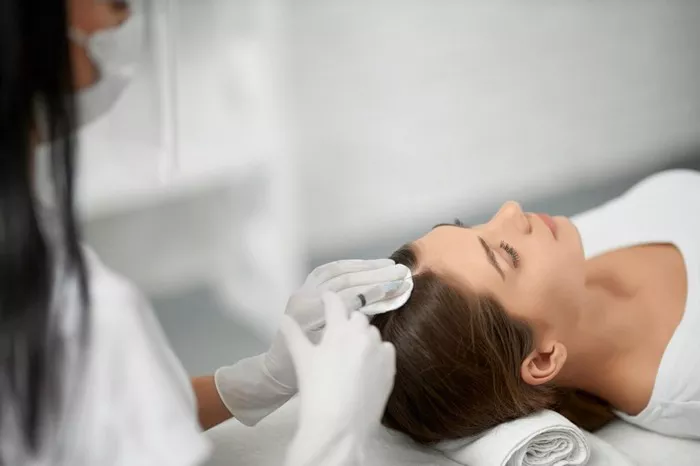Hair transplant surgery is a highly effective solution for addressing hair loss, offering natural-looking results and improved self-confidence. A crucial aspect of this procedure is the source of donor grafts, which are the healthy hair follicles used to restore hair growth in areas affected by balding or thinning. Understanding where these donor grafts come from and the factors influencing their selection is essential for achieving optimal results.
The Donor Area: The Source of Healthy Hair Follicles
The Permanent Zone
The donor area is typically located at the back and sides of the scalp, known as the “permanent zone.” This area is characterized by hair follicles that are genetically resistant to the effects of dihydrotestosterone (DHT), the hormone responsible for androgenetic alopecia (pattern baldness). These DHT-resistant hair follicles are ideal for hair transplantation because they retain their growth characteristics even when transplanted to areas of thinning or balding.
The Concept of Donor Dominance
The principle of donor dominance, introduced by Dr. Norman Orentreich in the 1950s, is fundamental to hair transplantation. It states that hair follicles taken from the donor area retain their resistance to hair loss when transplanted to other areas of the scalp. This means that the transplanted follicles will continue to grow hair as they would in their original location.
Harvesting Donor Grafts
Follicular Unit Extraction (FUE)
FUE is a minimally invasive technique that involves extracting individual hair follicles from the donor area using a small punch tool. This method leaves tiny, almost invisible scars and allows for faster healing. FUE is particularly suitable for patients who prefer a shorter recovery time and minimal scarring.
Follicular Unit Transplantation (FUT)
FUT, also known as the strip method, involves removing a strip of scalp from the donor area and dissecting it into individual follicular units. While FUT can leave a linear scar, it allows for the extraction of a larger number of grafts in one session.
Body Hair Transplantation
In cases where the scalp donor area is insufficient, hair follicles can be harvested from other parts of the body, such as the beard, chest, arms, and legs. This is particularly useful for individuals with advanced hair loss or those who have exhausted their scalp donor supply.
Factors Influencing the Selection of Donor Grafts
Donor Area Density
The density of hair in the donor area is a crucial factor. A higher density allows for the extraction of more grafts, which can be particularly important for individuals with extensive hair loss.
Hair Characteristics
The characteristics of the hair in the donor area, such as thickness, curl, and color, should match the hair in the recipient area to achieve natural-looking results.
Patient’s Overall Health
The patient’s overall health, including the condition of the scalp and the presence of any underlying medical conditions, can influence the selection and harvesting of donor grafts.
Conclusion
The source of donor grafts is a critical aspect of hair transplant surgery. The permanent zone at the back and sides of the scalp is the primary source of healthy, DHT-resistant hair follicles. Techniques like FUE and FUT are used to harvest these follicles, with each method offering its own advantages. In some cases, body hair can also be used as an additional source of donor grafts.
By understanding the principles of donor dominance and the factors influencing graft selection, patients can achieve natural-looking and long-lasting results from their hair transplant procedure. Consulting with a qualified hair transplant specialist is essential to determine the best approach for your specific needs and to ensure the best possible outcomes.
Related topics:
- How Much Donor Hair Do I Have?
- How Much Area Can 3000 Grafts Cover in Hair Transplant?
- When Are Hair Transplant Grafts Secure? A Complete Guide


